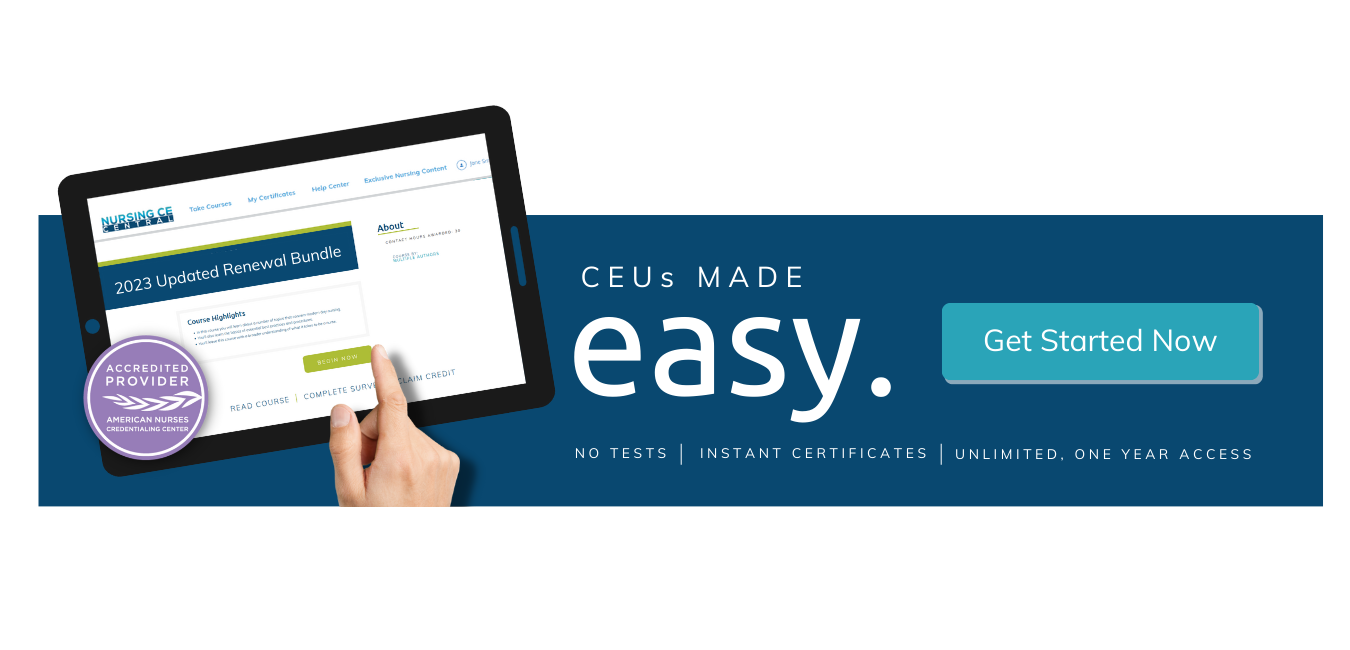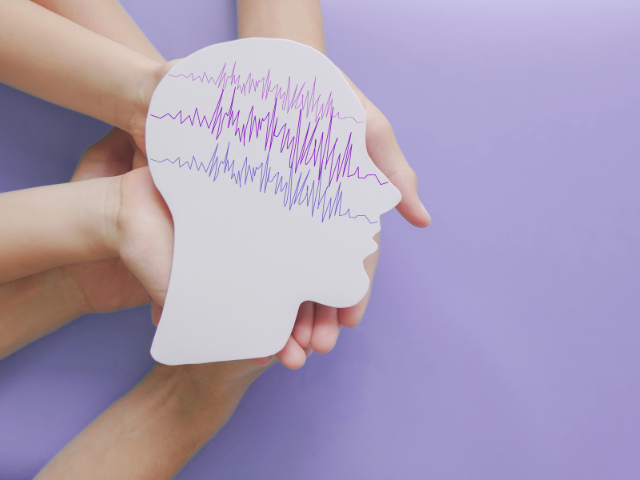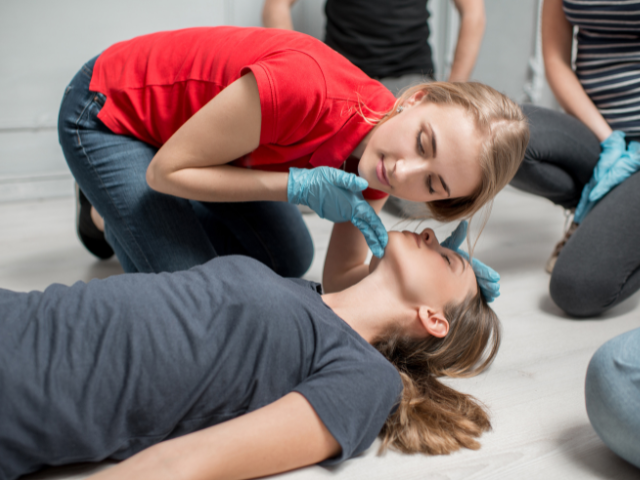What’s a Seizure Disorder?
The Centers for Disease Control and Prevention defines seizures as an event that occurs when there’s an abnormal electrical discharge in the brain. In pediatric patients, the causes of seizures can range from genetic factors, head trauma, or infections to fevers, cerebral palsy, or brain defects.
Seizures are classified into two main categories: generalized and focal seizures. Generalized seizures involve both sides of the brain and affect the whole body, while focal seizures begin in a specific brain area and may only affect one body part, like the face or a single limb.
How Should You Respond to a Seizure?
When your patient has a seizure, your primary role is to keep them safe. Remain calm and protect the patient from injury by moving sharp objects or hazards from the area.
Guide the patient to the floor if they are standing, and do not attempt to restrain the patient, as this could lead to injury. You should also monitor the duration and symptoms of the seizure.
Timing the seizure helps guide care decisions, and it’s vital for tracking seizure activity to know what symptoms the patient was having during the seizure and what characteristics the seizure had. If the patient has any anticonvulsant rescue medications, they are almost always time-based. Specific criteria must be met prior to administering the medication in the event of a seizure.
Ensuring the patient has a patent IV for rescue/emergency medications is essential. Carefully position the patient on their side to reduce aspiration risk. Positioning helps maintain an open airway.
Once the seizure has ended, the patient will enter a postictal phase, which can result in disorientation and fatigue. During this time, you’ll want to reassure and support both your patient and their family, explaining what occurred and addressing any concerns they may have. This not only helps calm the patient but also fosters a sense of understanding and comfort for the family. Don’t forget to monitor and document your patient’s status during the postictal phase as well.
After the Seizure
After the seizure, the nursing team should check vital signs and assess the patient for any signs of injury. Provide emotional support to your patient and their family, and maintain a quiet, safe place for recovery. Encourage the family to stay present.
Ensure that you’ve properly documented details of the seizure, such as duration, type, and interventions, to help the care team determine next steps.
Nurses must thoroughly educate the patient and, if applicable, the family, on medication adherence. Everyone should be aware of adverse effects from medication and be given precise directions on administering medications.
Once the seizure triggers are identified, the nurse should educate the family on avoiding and managing them. This includes ensuring the family understands the significance of keeping follow-up appointments. The neurologist will adjust medications and explore alternative therapies while working closely with the family to help keep the patient seizure-free.
Reintegrating a patient into the school environment can present various challenges. Collaboration between the nursing team and school personnel enables the creation of a comprehensive Individualized Education Plan (IEP) tailored to the student.
The IEP will outline seizure protocols that inform school staff about how to respond in case of an episode. It must also include emergency contact information to ensure swift communication if necessary. Furthermore, the IEP should specify any accommodations, additional support during tests or a quiet space to regroup, to enable the patient to thrive academically and socially within the school setting.









